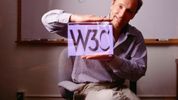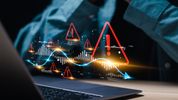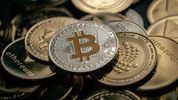With healthcare budgets constrained everywhere, the exploitation of machine sensors, streaming big data and IoT offers better monitoring and better analytics.
Connectivity standards and security still big issues but there to be solved. And whilst patient input can be kept to a minimum the extra data input from smartphones and tablets should not be ignored. The photo/video evidence can add to the data collected from machine sensors to give context. That can be submitted voluntarily by patients at home, in care homes.
The insurance industry has already adopted this "self-service claims" model securely with ease-of-use for claimants. To help decide if a visit is required by a nurse or doctor. Or let the doctor go to the patient virtually.
It may be that the insurance industry, as a result of technology innovation in healthcare insurance , is a catalyst to such change
Healthcare analytics needs to be able to cope with the volume, velocity and variety of data streaming from sensors & IoT and this additional "self-service" data input.
Which in turn needs healthcare analytics that handles structured and unstructured data. That lets healthcare professionals enjoy secure self-service health BI.
Combining these facets offers benefits to patients, the medical profession, care home workers and by improving efficiency and resource allocation, budget holders.
With properly designed sensors and monitoring tools, patient input can be kept to a minimum. This means that there is less room for error, but also little learning required by the patient. This offers convenience which is especially beneficial for the elderly and disabled.
https://www.linkedin.com/pulse/how-iot-has-potential-improve-healthcare-bill-mccabe






